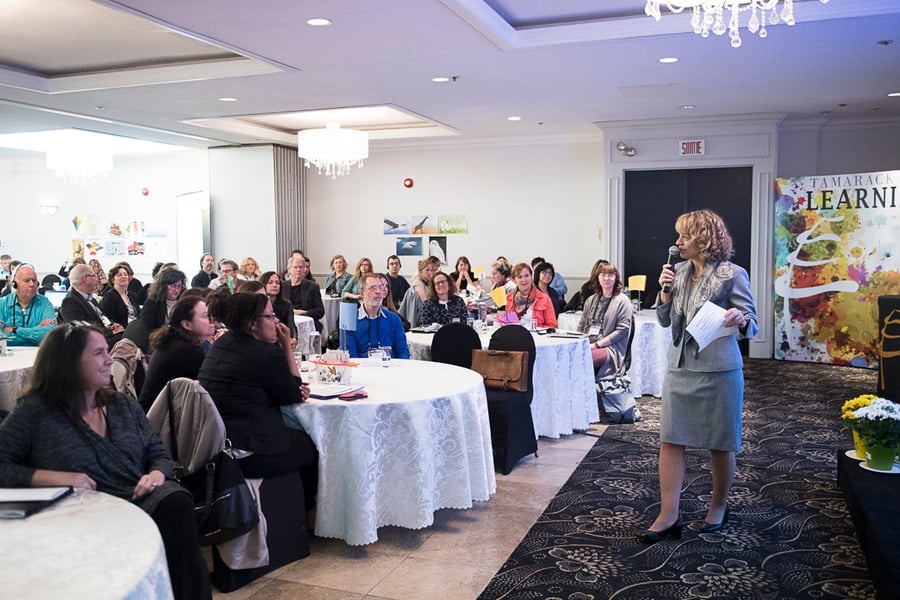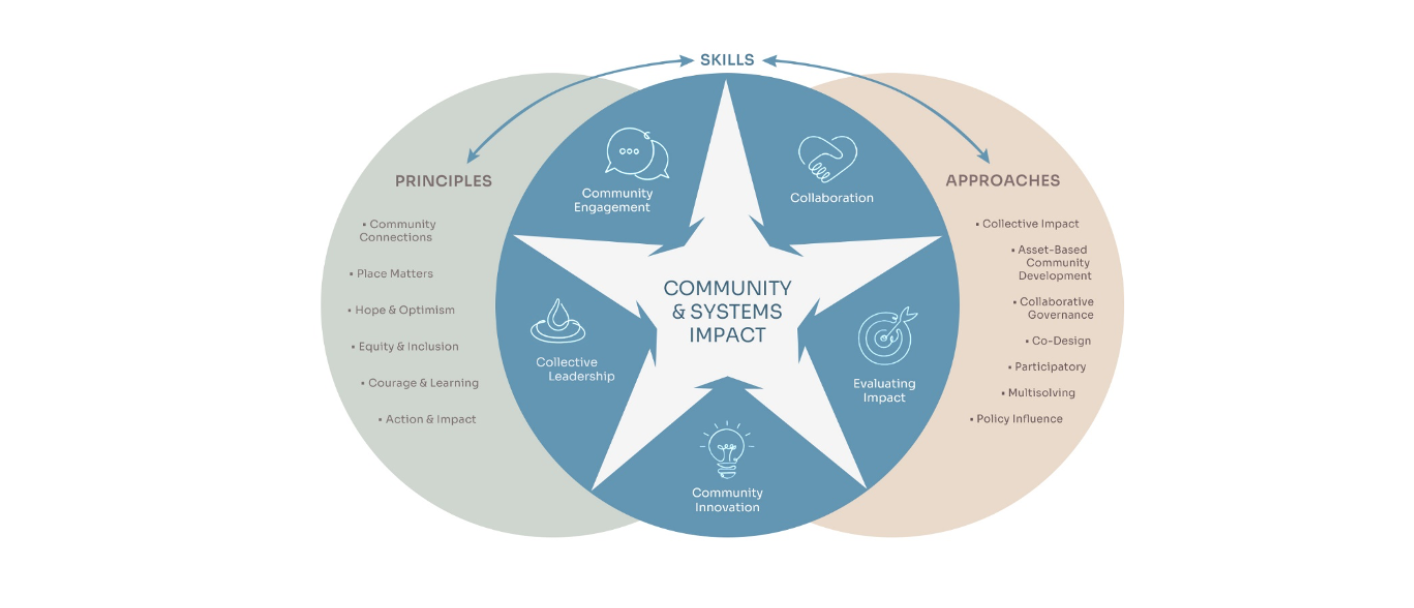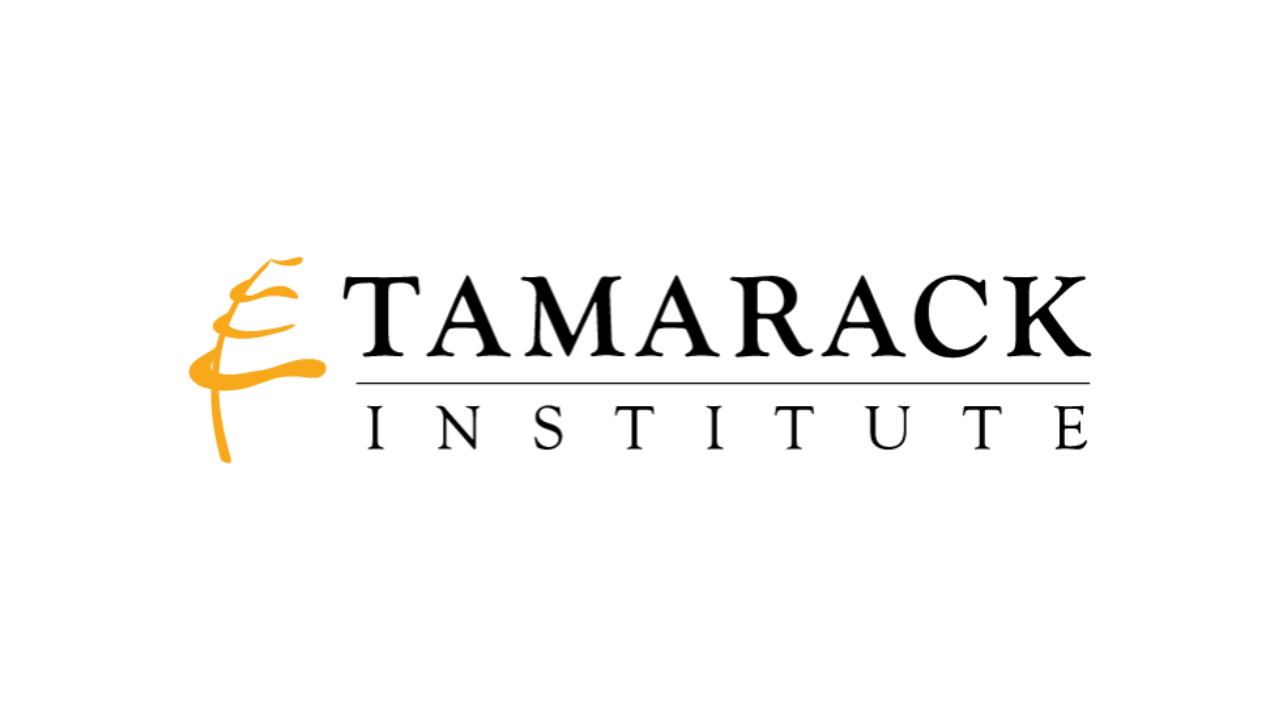I recently had the privilege to travel across Ontario to facilitate five workshops exploring an essential ingredient of community change: authentic community engagement. Participants at each session identified community engagement challenges that were “top of mind” for them. Common themes included: finding adequate resources for engagement; needing to address diverse audiences and/or span vast geographies; retaining engagement once it had been initiated; and, a need for more capacity-building in this area. A root community engagement challenge that surfaced was that residents and communities are often unwilling or, at best, reluctant to participate in organizationally-led engagement efforts.
There are likely several factors contributing to a community’s reluctance to engage. The growing number of Canadians of all ages who report feeling that they do not belong is one factor. If you don’t feel you belong, you don’t believe your perspective matters. Another factor is the sheer volume of information competing for our attention. Competing demands for our time also contributes to a lack of willingness to be engaged. Perhaps, our invitations to be engaged can be lost amidst “the noise” and/or may not be as compelling as residents’ other demands and opportunities.
Another core factor contributing to a community or individual’s reluctance to engage is that there is a lack of trust that our engagement efforts are authentic. For many, previous experiences of engagement have eroded trust that the requests are authentic. There is well-founded skepticism that our engagement efforts will lead to any measurable improvement in the things that matter most to communities and residents. Too often, their previous experiences of engagement have been driven by organizational and/or sector agendas that leave little room to adapt to, or reflect, the community’s agenda.
Trust is foundational to the work of community change. In her paper Turf, Trust, Co-Creation and Collective Impact, my colleague Liz Weaver shares wisdom from Rich Harwood and the Hardwood Institute’s “turning outward” approach to community change. It is an approach that reflects the understanding that trust is built when organizations reflect the reality of our communities in what they do and say. The path to authentic community engagement begins when organizations demonstrate a willingness to move beyond their own goals and ambitions to recognize and champion the individual and shared goals and ambitions of the community.
How do we ensure that our community engagement efforts invest time in listening and learning as well as speaking and acting? How do we recognize community engagement as an act of relationship-building that regularly supports the mutual flow of information and knowledge back and forth? Here are five recommendations for how to authentically engage and build trust with community:
-
Be Clear About the Intent of Your Engagement – Trust is broken when we are not clear about the intent behind our engagement. Why are you engaging? Is it to inform people of a decision that’s already been made? To ask for ideas about how to solve a problem? To invite collaboration in solving a problem? Being clear about your purpose helps establish realistic expectations for your engagement.
-
Recognize that Community Engagement Isn’t Solely About Getting Input – Beyond obtaining input to inform our organization’s decisions, community engagement can also be an important strategy to establish and strengthen relationships with those we serve. Engagement can also help to build capacity in residents and communities by sharing knowledge and empowering local groups, which ultimately fosters citizen leadership and the community’s resilience.
-
“Closing the Loop” is Essential for Building Relationships and Trust – Community engagement is often an activity that happens off the side of our desks, rather than a core, ongoing strategy for how an organization operates. Frequently, once a community engagement effort provides the organization with what it needs, focus shifts to how to use the information for our own decisions. Not taking the time to circle back and let those that were engaged know what conclusions were drawn from their input or how that input is being used contributes to the community’s cynicism and lack of trust that their perspectives were heard and valued.
-
Value the Wisdom of Both Content AND Context Experts – As professionals, we place significant value on the subject-matter knowledge of content experts. There is, however, another form of expertise that is equally essential when working in community: the knowledge of the “context expert” – the resident who has first-hand experience of the issue within our community. Because communities are unique and dynamic, the wisdom of the context expert is essential in designing effective, place-based solutions.
-
Make Your Community Engagement Creative and Fun – When designing your community engagement strategy, be mindful of the ongoing competition for people’s time and attention. Communications that are engaging, fun and incorporate video and/or great graphics help to give your invitation and message an “edge.”
Authentic community engagement requires a clear long-term strategy and an ongoing commitment of resources. Proven approaches exist and the value is clear. The essential question is: are we willing and able to commit to making it foundational to how we do our work?






















